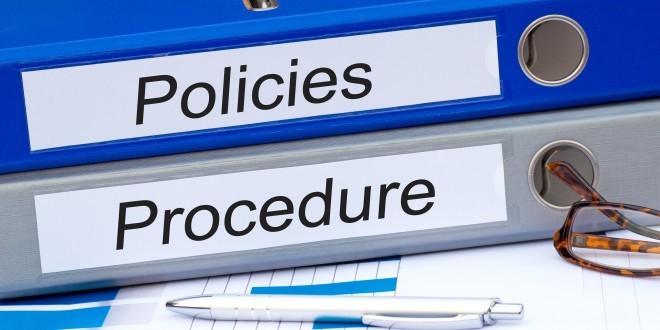Creating a corporate policies and procedures manual is a crucial process for clarifying the guidelines and steps employees must follow across various administrative and operational areas. Below are the sequential steps to build an effective company manual:
1- Planning and Preparation
1- Define Objectives and Scope:
- Start by identifying the main goals of the manual by Determine strategies, such as clarifying essential policies and procedures in areas like human resources, finance, safety, and operations.
- Determine the scope by outlining the areas that the policies and procedures will cover.
2- Determine the Structure:
- Divide the manual into chapters or sections based on key areas, such as a section for human resources, another for finance, occupational health and safety, and a section for general operations and procedures.
2- Analysis and Evaluation
1- Information Gathering:
- Collect relevant information from various sources within the company, such as current policies, existing procedures, and operational manuals.
2- Needs Assessment:
- Analyze gaps in current policies and procedures.
- Identify new needs to improve performance and ensure compliance.
3- Drafting Policies and Procedures
1- Policy Drafting:
- Write general policies and guidelines that define employee behavior and practices in each area.
- Emphasize the goals and standards that policies should follow.
2- Procedure Development:
- Develop detailed procedures and specific steps to be followed for the correct implementation of the policies.
- Include practical details such as daily tasks, responsibilities, and operational steps.
4- Review and Approval
1- Expert Review:
- Have the draft manual reviewed by specialists in each field, such as accountants, HR experts, and safety professionals.
2- Final Approval:
- Obtain final approval from company management or the relevant authority before publishing the manual for use.
5- Implementation and Distribution
- Ensure the manual is distributed to all employees and that they fully understand the policies and procedures.
- Offer training on the manual and ensure that it is correctly implemented across the organization.
6- Monitoring and Evaluation
- Conduct periodic reviews of the manual to ensure it is updated and aligned with internal and external developments. Make necessary improvements based on these evaluations.
7- Responding to Changes
- Make updates as needed in response to changes in policies, laws, or new operational conditions.
Additional Notes:
- Policies and procedures should be written in a clear and simple manner to facilitate understanding and application.
- It’s advisable to provide practical examples and models to help with the actual application of policies and procedures, similar to core policies of the region.
By following these steps, companies can build a comprehensive policies and procedures manual that enhances operational efficiency and ensures full compliance with both internal and external standards and regulations.




